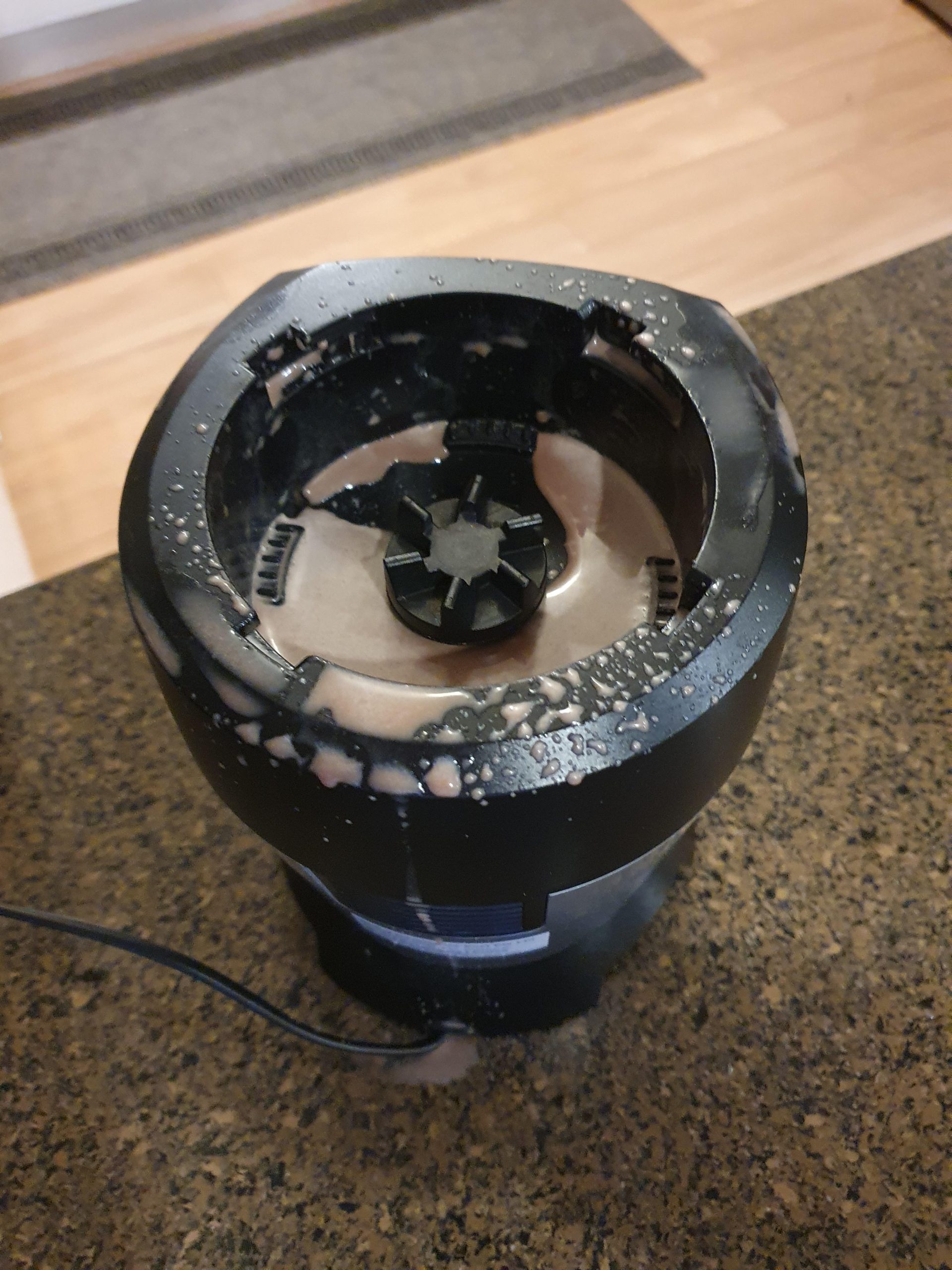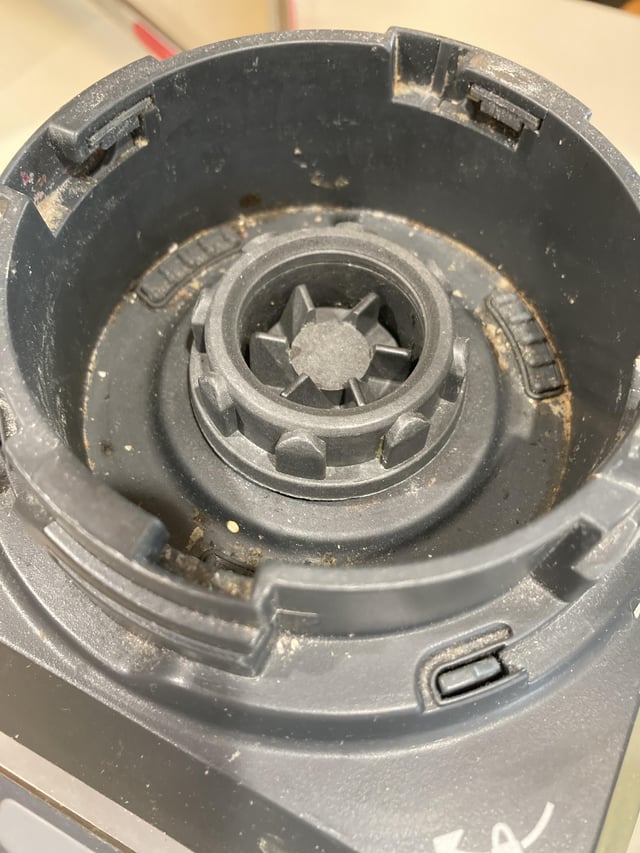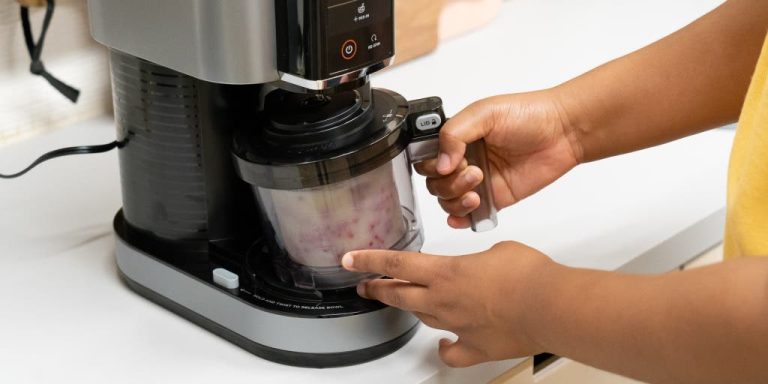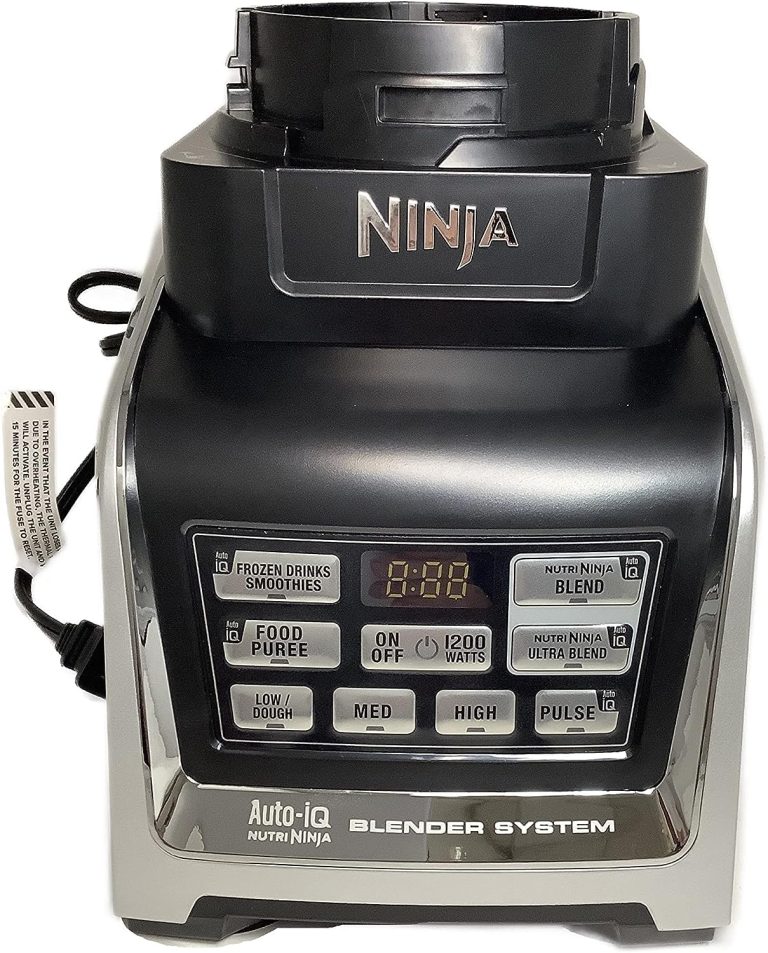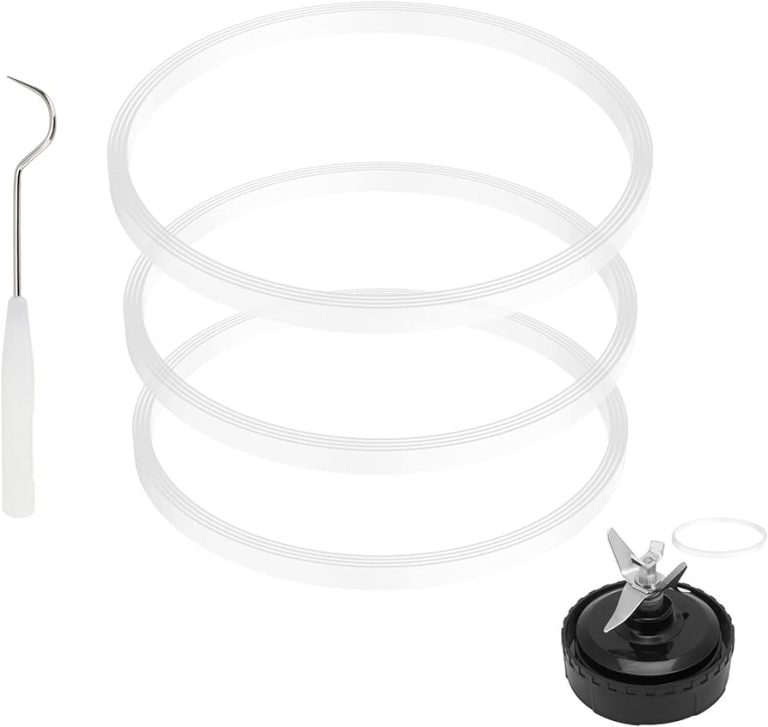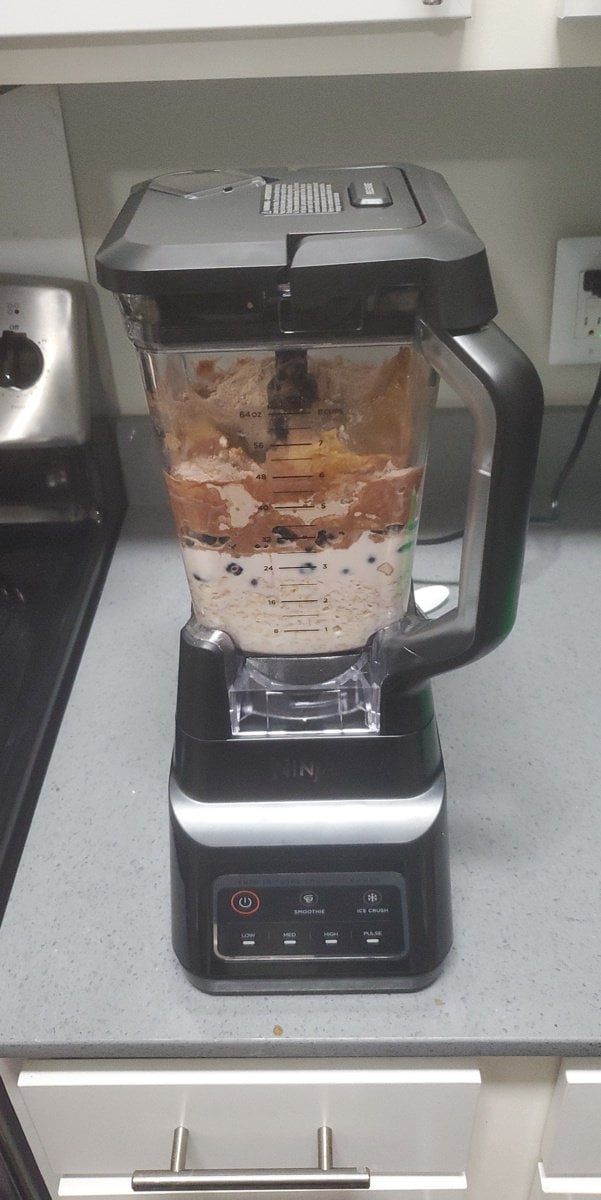Ninja Blender Leaking
Leakage in kitchen appliances, especially blenders, is a common yet frustrating problem. If your Ninja Blender is leaking, it can turn blending into a messy, dangerous, and inefficient process. In this comprehensive guide, we will walk you through some easy DIY tips to troubleshoot and fix your leaking Ninja Blender like a pro.
Identifying the Source of the Leak
The first step in fixing a leaking Ninja Blender is to identify the source of the leak. Ninja Blenders can leak from different parts, so closely inspect the following:
- Blender Jar: Check for any cracks or damage.
- Base: Inspect for leaks where the jar connects to the base.
- Gasket Seal: Examine the rubber gasket seal for wear and tear.
- Blade Assembly: Look for any misalignment or damage.
- Lid: Ensure it fits snugly and the seal is intact.
Common Causes of Leakage
Once you’ve pinpointed the leak’s location, you can narrow down the likely causes. Here are some common reasons for a Ninja Blender to leak:
| Leak Location | Possible Causes |
|---|---|
| Blender Jar | Cracks, damage to the jar, or overfilling |
| Base | Loose or worn-out base seal |
| Gasket Seal | Worn out, incorrectly placed, or missing gasket/seal ring |
| Blade Assembly | Loose blades, damaged bearing, or assembly |
| Lid | Improperly secured lid or compromised lid seal |

Credit: m.youtube.com
Step-by-Step Repair Guide
Now that you’ve identified the probable cause of the leak, let’s go through each issue with troubleshooting tips.
Blender Jar Issues1. Blender Jar Issues
- Inspect for Cracks: If there are cracks in the jar, it’s best to replace it instead of attempting a repair that could lead to further damage or injury.
- Avoid Overfilling: Always follow the fill line to prevent leakage from the top.
2. Base Seal Issues
- Tighten Properly: Ensure the jar is tightened securely onto the base, but avoid over-tightening as it could damage the threads or seal.
- Replacing Base Seal: If the base seal is worn out, purchase a compatible replacement, making sure it’s properly seated before screwing the jar back on.
3. Gasket Seal
- Examine and Replace Gasket: If the gasket is damaged or seated improperly, remove it, clean the area, and replace it with a new gasket. Make sure it lays flat and evenly in the groove.
4. Blade Assembly
- Check Blade Tightness: The blade should be firmly attached. If it’s loose, you may need to tighten it with a wrench.
- Blade Replacement: If the blade or bearing shows damage or wear, purchase a specifically designed replacement for your Ninja model.
5. Lid Issues
- Secure Lid: Make sure the lid is secured properly with a click. Any gap can result in leaks during operation.
- Lid Seal Replacement: If the lid seal is compromised, replace it with a new one that fits your specific Ninja Blender model.
Preventive Maintenance to Avoid Future Leaks
Regular maintenance can help prevent leaks from happening in the first place. Here are a few tips:
- Always hand-wash the gasket and blade assembly to prevent wear from harsh dishwasher cycles.
- Periodically inspect the gasket and blade assembly for any damage.
- Never overfill the blender jar and always ensure the lid is sealed correctly before blending.
- Store the blender with the lid off to prolong the gasket’s life by preventing it from getting squashed or deformed.
How Can I Prevent my Ninja Blender from Leaking?
To prevent leaks, ensure the rubber gasket is properly fitted into the ninja blender pitcher. Tighten the blade assembly securely to avoid any leakage. Regularly check and replace the rubber gasket if worn out. These simple ninja blender pitcher fixes can help prevent leaks and ensure smooth blending.
Safety First!
Remember: When handling blades or disassembling your Ninja Blender for any repair, always practice caution and unplug the device to prevent any accidents or injuries.
Frequently Asked Questions For Ninja Blender Leaking
Why Is My Ninja Blender Leaking?
A worn out or damaged seal often causes Ninja Blenders to leak. Regular inspection and seal replacement can prevent leaks.
How To Fix A Leaky Ninja Blender?
Identify the leak source, typically the gasket or jar base, and replace the faulty component to stop the leak.
Can Blender Seals Be Replaced?
Yes, blender seals can be replaced. Purchase the appropriate seal for your Ninja Blender model and install it correctly.
Are Ninja Blenders Leak-proof?
Ninja Blenders are designed to be leak-proof, but over time, wear and tear can lead to potential leaks.

